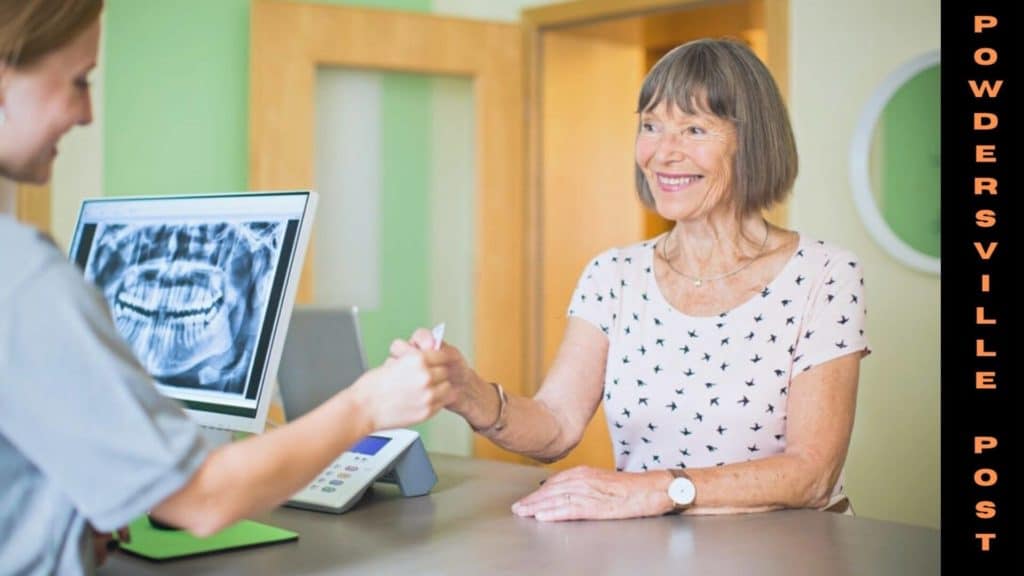Health Insurances – A Pivotal Part Of Public Health Care Systems In The US
Nikki Attkisson | Last Updated : January 4, 2022There are an array of health insurance schemes and companies for the citizen to choose from, as it may suit their need. These insurance companies are governed by the rules of the State Insurance Commissioners without any interference from the federal government.
Health Insurances – A Pivotal Part Of Public Health Care Systems In The US
The U.S encourages private companies to provide health care support to their employees by levying tax policies that allow certain benefits to companies that provide health insurance for their employees.

However, the health facilities vary from industry to industry. For example, people employed in the automobile industry receive a wide range of health care facilities whereas the restaurant industry barely provides for its employees’ health.
The insurance schemes vary greatly and nearly 55 million Americans, as per a report, have insurance policies that will cover up to a certain amount, and the person may be left penniless if inflicted with a serious illness that has high medical costs.
Most health care systems don’t cover long-term illness and home care. However, in recent times some companies have been advertising insurances for long-term illnesses, but the schemes are extremely costly and can be afforded by only a certain high earning sector of the society.
Medicare: The federal government has its own set of health care schemes and policies for American citizens. Medicare is one such program designed to provide aid for the old and disabled citizens of the country. It is the largest health insurance in the U.S, catering to about 33 million people that is nearly 13% of the total population.
Most of these people are above 65 years of age or have major disabilities. This program is funded by the federal government and payroll taxes and premiums. It has two parts. The first part or part A is via payment of payroll taxes while the next part or part B is via voluntary payment of premium.
Part A provides for hospital care though it is limited to very few nursing homes and other nominal health care services. Part A is covered by payroll taxes, which is 1.45% of payroll. It applies to both the employers and the employees. Employers contribute majorly to this part.
Part B covers ambulance services, medical aids such as wheelchairs, and medical care. The federal government finances nearly 75% of this cost. As per reports, Medicare, on average covers one-half of the cost of an elderly person living in the U.S.
Medicaid: It was devised to cater to the health of poor people. As per data, Medicaid provides health care services for nearly 25 million people. However, one must meet certain criteria to be eligible for this program. One must not only be poor but also must be either aged, or blind or disabled or pregnant, or the parent of a dependent child.
Statistical records state that about 68% of the people who receive Medicaid are mothers and dependent children. 13% of the recipients are blind and 15% are disabled while others constitute the rest 4%. This program bars childless people and fully-abled people under the age of 65, irrespective of their financial status. This is one of the major loopholes of this widely run health program; often many poor people are not able to benefit from the scheme even if they require it.
Statistics state that the U.S spends more on its health care than most other countries. The Federal Government pays for nearly 29% of all the health care schemes run by the federal and state government individually or jointly. The development of the public health care system in the U.S is on a trajectory and new reforms are being brought in.
With over 15 years as a practicing journalist, Nikki Attkisson found herself at Powdersville Post now after working at several other publications. She is an award-winning journalist with an entrepreneurial spirit and worked as a journalist covering technology, innovation, environmental issues, politics, health etc. Nikki Attkisson has also worked on product development, content strategy, and editorial management for numerous media companies. She began her career at local news stations and worked as a reporter in national newspapers.
